Banks & The History of Racism in America
A Wells Fargo bank in Minneapolis was set on fire during protests against the death of George Floyd. In 2012, Wells Fargo agreed to pay at least $175 million to settle accusations that it discriminated against black and Hispanic borrowers during the housing boom.Credit...Lucas Jackson/Reuters
By Angela Glover Blackwell and Michael McAfee
Ms. Blackwell is the founder in residence at PolicyLink, a research and advocacy institute, where Mr. McAfee is the chief executive.
Corporate chief executives have been tripping over themselves to demonstrate their support for racial justice. They’ve taken a knee, tweeted that black lives matter, donated money to advocacy groups and affirmed their commitment to inclusion.
That’s all well and good. And following through on their promises — by hiring and promoting more people of color, diversifying boards and executive suites and paying all workers decent wages and essential benefits — would be even better.
But business leaders who are serious about fighting racism will hold themselves accountable for the bitter inequities they have helped to create and sustain, and from which they have profited. Every industry must now use its power to repair the damage and heal the wounds.
The financial industry is a good place to start. Banks have been underwriters of American racism — no industry has played a bigger or more enduring role in black oppression, exploitation and exclusion. Banks financed the slave trade and in some cases “repossessed” humans in bondage.
White-owned banks refused to serve black people who left the South escaping brutality and seeking opportunity during the Great Migration of the early and mid-20th century. Bank policies and practices contributed to segregating every major city and denying black families the two most important toeholds to the middle class — ownership of homes and of businesses.
Federal legislation beginning in the 1960s prohibited the most blatant discrimination in banking and lending. It banned redlining, the practice named for the color-coded maps that lenders used to deny mortgages in black neighborhoods.
An A.T.M. in Los Angeles in May.Credit...Eugene Garcia/EPA, via Shutterstock
But banks and real estate agents found ways to exploit the desire of black people to own homes, leaving many in foreclosure. Racial disparities in access to the conventional mortgage market endured, leaving black home buyers vulnerable to fraud and risky loans, as the subprime mortgage fiasco exposed so painfully.
The collapse of the housing market in 2008 and the recession that followed wiped out half of black wealth. Black families have been slower to recover, in no small part because they are still rejected for home mortgages at more than double the rate of white families.
Similarly, banks deny loans to black-owned businesses at twice the rate of white-owned ones. This makes it difficult, if not impossible, for small black companies to grow. But the industry doesn’t only suppress black wealth, it aggressively strips it, through excessive interest rates on consumer debt, egregious overdraft penalties and higher fees even for simple A.T.M. transactions.
It’s no surprise that the median black family had roughly one-tenth of the wealth of a white family as of 2016. The gap not only limits education and career options, it’s also a source of gnawing anxiety about how the bills will get paid in the event of a job loss or costly illness — setbacks facing millions of families, again disproportionately black, during the Covid-19 pandemic.
Moreover, the wealth gap hurts the nation’s economy. McKinsey & Company calculates that closing the black-white wealth gap could increase G.D.P. by 4 percent to 6 percent, or more than $1 trillion, by 2028.
A federal reparations policy is unlikely to come anytime soon. But banks and financial institutions don’t have to wait. First, they must apologize for their culpability for and complicity in structural racism. Next, they must commit to serving black people as they do whites. Then, with these four bold policies, the industry can start to close the wealth gap, repair the harms and serve as a model for a nation struggling to reckon with racism:
Cancel consumer debt for black customers
Americans carry a lot of consumer debt, but as Christian Weller reports in Forbes, nobody bears a heavier burden than African-American families. They are the only racial group that owes more than their belongings are worth — they could sell all their possessions and they would still be in debt.
REFERENCE: NY TIMES


